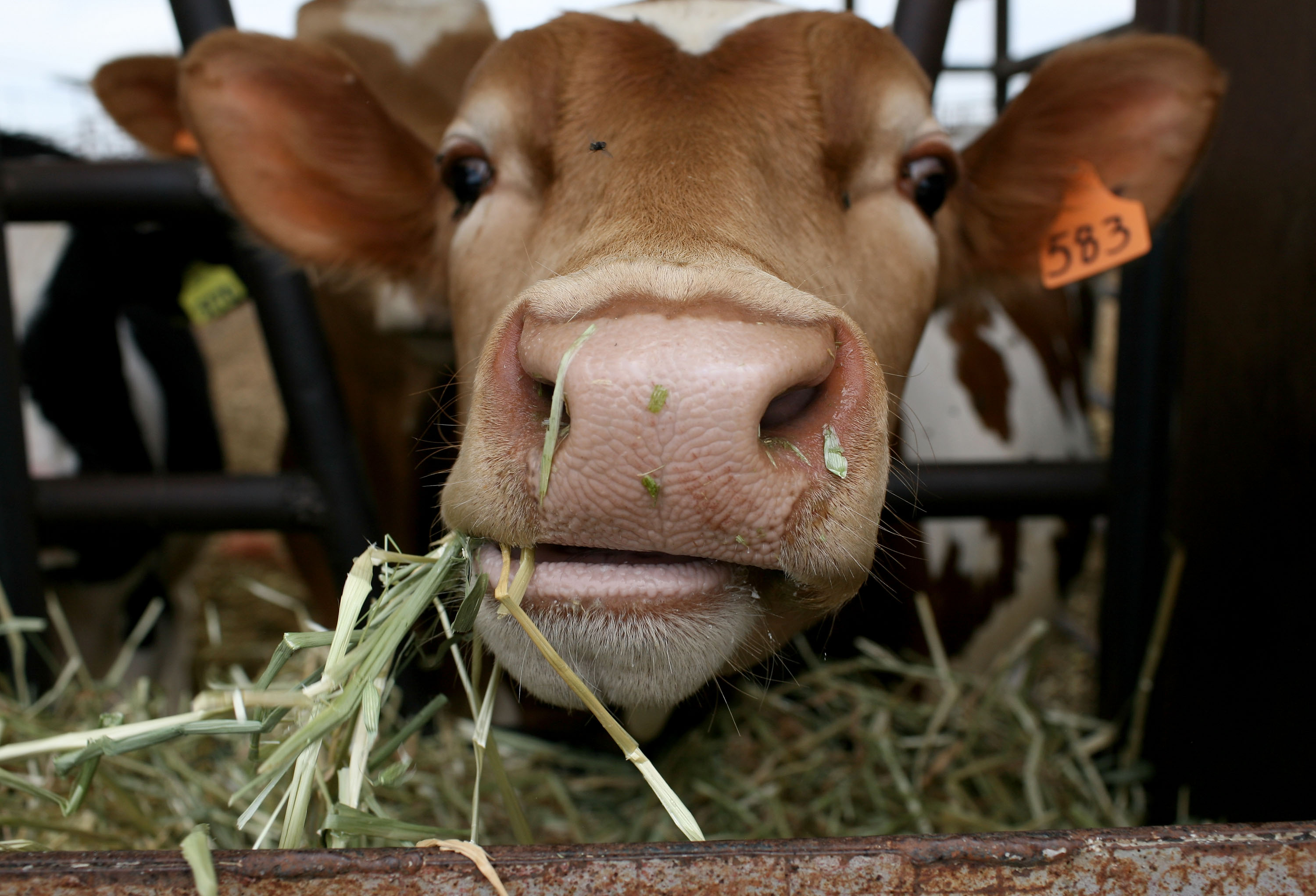Manure can kill.
A 29-year-old Wisconsin man died Monday after inhaling toxic fumes while cleaning out a manure tank on his family farm. At least 13 cows also died and others were sick, according to a county coroner.
The coroner said the methane or sulfur oxide gases from the manure-- combined with warm temperatures--created a deadly dome of air.
But, what exactly is a manure tank, and how did this happen?
A manure tank is a storage often used by livestock or dairy farmers to collect and hold manure. There are different types of manure storage facilities-- such as tanks systems and silo-type structures which use lids and caps. There are also manure pits which are dug below ground and in open air, similar to a pool. Liquid manure can be stored in open lagoons or ponds.
Although it doesn't happen often, dying in a manure storage is not unheard of. The National Institute for Occupational Safety and Health (NIOSH), which works with the Centers for Disease Control and Prevention, warns about the dangers of working with manure storage units. NIOSH lists numerous deaths over the last few decades in connection to toxic fumes from manure pits.
NIOSH lists four highly toxic gases that form in manure: methane, hydrogen sulfide, carbon dioxide and ammonia.
When a manure storage is pumped or cleaned, it causes more of these gases to be released, which can be extremely dangerous to humans and animals. Hot weather also increases the gas accumulation.
The toxic gases can cause asphyxiation or create an explosive atmosphere, according to NIOSH. Some organizations, such as National Ag Safety Database, suggest safety guidelines to avoid tragedy.
In California, solid manure from cows is placed in open lots or stockpiles and liquid manure is placed in open lagoons, according to Pat Bailey, a spokesperson for UC Davis-- who is also a writer for science and agriculture at the school.
"There is not the buildup of fumes that you could get in closed tanks," said Bailey.
Although there may be little threat of inhaling high levels of toxic fumes, open pits and manure lagoons still pose the threat of drowning.
In fact the threat is significant enough to have the attention of the California Division of Occupational Safety and Health (Cal/OSHA). The agency filed a form on July 29, 2015 requesting a change to safety orders for open manure storage in California, according to Julia Bernstein, a spokesperson for Cal/OSHA. The form is being reviewed by the agency's Standards Board.
The new requirements include installing warning signs and barriers to restrict the accidental passage of vehicles and personnel across open manure storage areas.
Cal/OSHA acknowledges the drowning hazards involved with working near open air manure storage areas and even lists two fatalities where employees drowned in manure pits in the last ten years.
While Cal/OSHA is working on safety standards for employees who work with manure storage, the California Air Resources Board is busy looking for better ways to manage manure pits and the gases they release.
Dave Clegern, spokesperson for the Air Resources Board, spoke to ABC10 about a report released in April of this year, which details strategies for reducing toxic gases such as methane in manure.
"There's no regulation at this point," Clegern said. "Manure pits is just one the things we'd rather not see. We're looking at how to best deal with that."
For now, we'll just have to hold our breath and wait.


